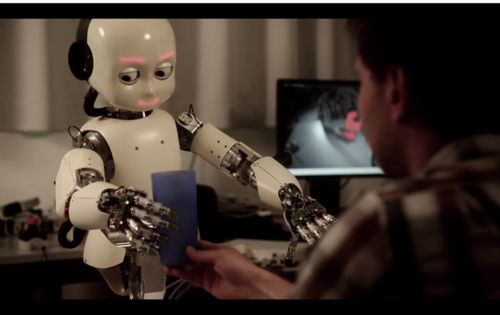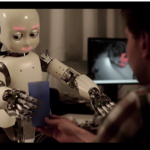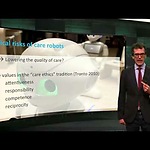We are on the cusp of a robotics revolution with governments and corporations looking to robotics as a powerful new economic driver. Despite the disruptive impact of the increasing automation in our work places, our streets and our homes, only lip service is being paid to the long list of potential societal hazards.
With increasing advances in the technology, robots are moving out of the factories to automate many aspects of our daily lives.
The Foundation for Responsible Robotics (FRR) predicts the number of service robots will rise to 31 million by 2018: from healthcare to the care of children and the elderly, from cooking and preparing food to making and serving cocktails, from domestic cleaning to agriculture and farming, from policing and killing in armed conflict to monitoring climate change and protecting endangered species. Driverless cars will change our roads forever and revolutionize our transport and delivery services.
‘We urgently need to promote responsibility for the robots embedded in our society’, says Dr Aimee van Wynsberghe, co-founder and President of FRR . ‘Robots are only as responsible as the humans who build and use them. We must ensure that the future practice of robotics is for the benefit of mankind rather than for short term gains. To accomplish this, the policies governing robotics must maintain ethical and societal standards of fairness and justice.’
In the next web lecture - by Dr Filippo Santoni de Sio - we will discuss the ethical aspects and important values when it comes to care robots.
(Source picture: https://en.wikipedia.org/wiki/University_of_Lugano)


